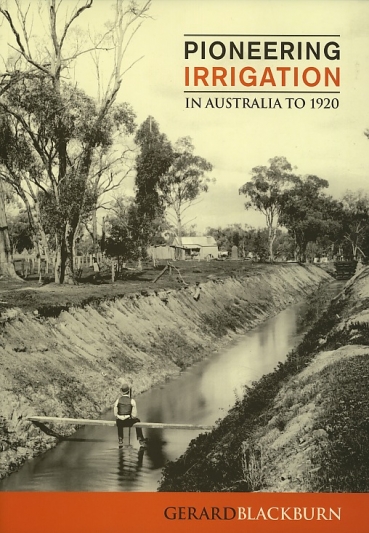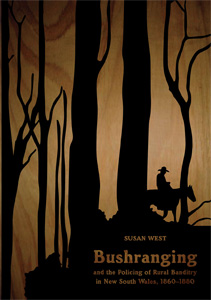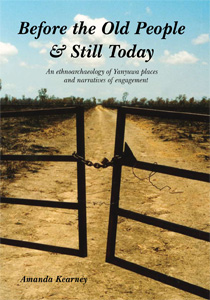Description
The application of water to land is a key issue in Australian history. From the early days of European settlement, many saw irrigation as the way to increase agricultural production and promote population growth. Irrigation has been one of Australia’s speculative business ventures, with a history of a few successes and many failures. By the early twentieth century the deficiencies of private enterprise led governments to take a major role in regulating and promoting irrigation projects. This book provides a clearly written and meticulously researched account of the contribution that many individuals have made to exploring the potential of irrigation in its first century to 1920.
What is striking is the ingenuity of these pioneers. Not only were rivers used, but also lakes, springs, sewage and artesian water. Experiments were made with a variety of different technologies to find what was suited to particular localities. The main regions covered are in Tasmania, Victoria, New South Wales and South Australia especially the Murray River basin, and to a lesser extent Queensland, Western Australia and Northern Territory.
This book makes a useful contribution to the history of Australia’s environment, economy, technology, politics and demography. It will be of special interest to those studying local history in rural areas.
Gerard ‘Dick’ Blackburn 1918–1999 was a research scientist with the CSIRO, employed in the Division of Soils in Adelaide. He had a life-long interest in Australian rural history and wrote this book in his retirement. Two of his children, Hugh and Susan, prepared the manuscript for publication.





Reviews
There are no reviews yet.